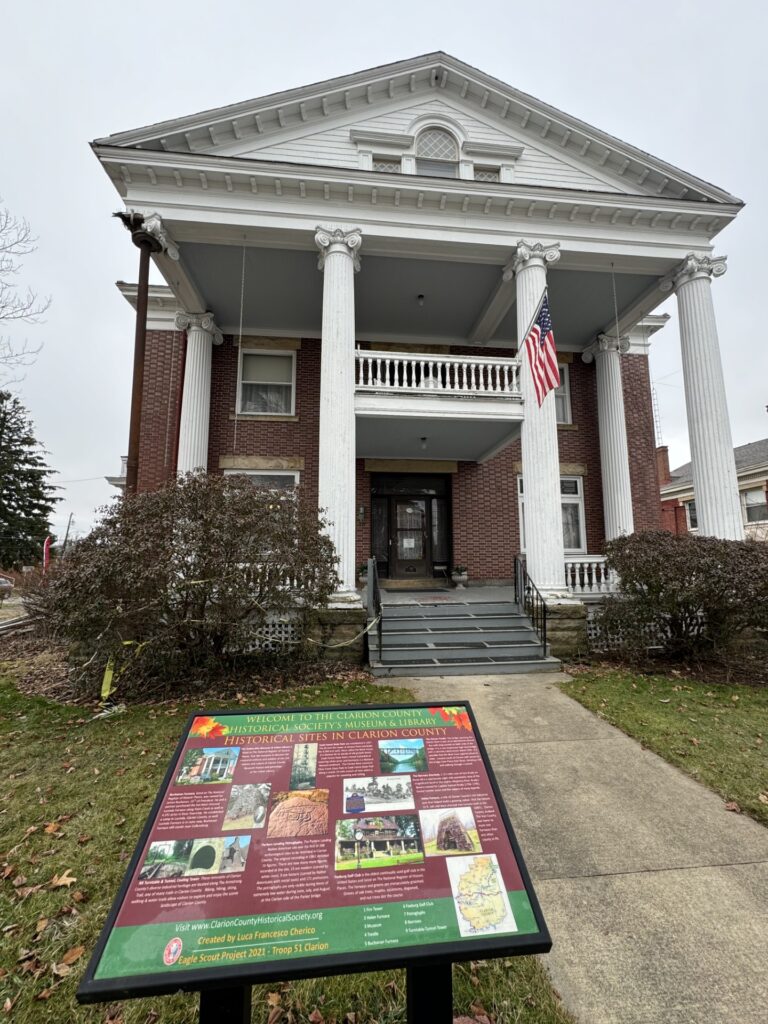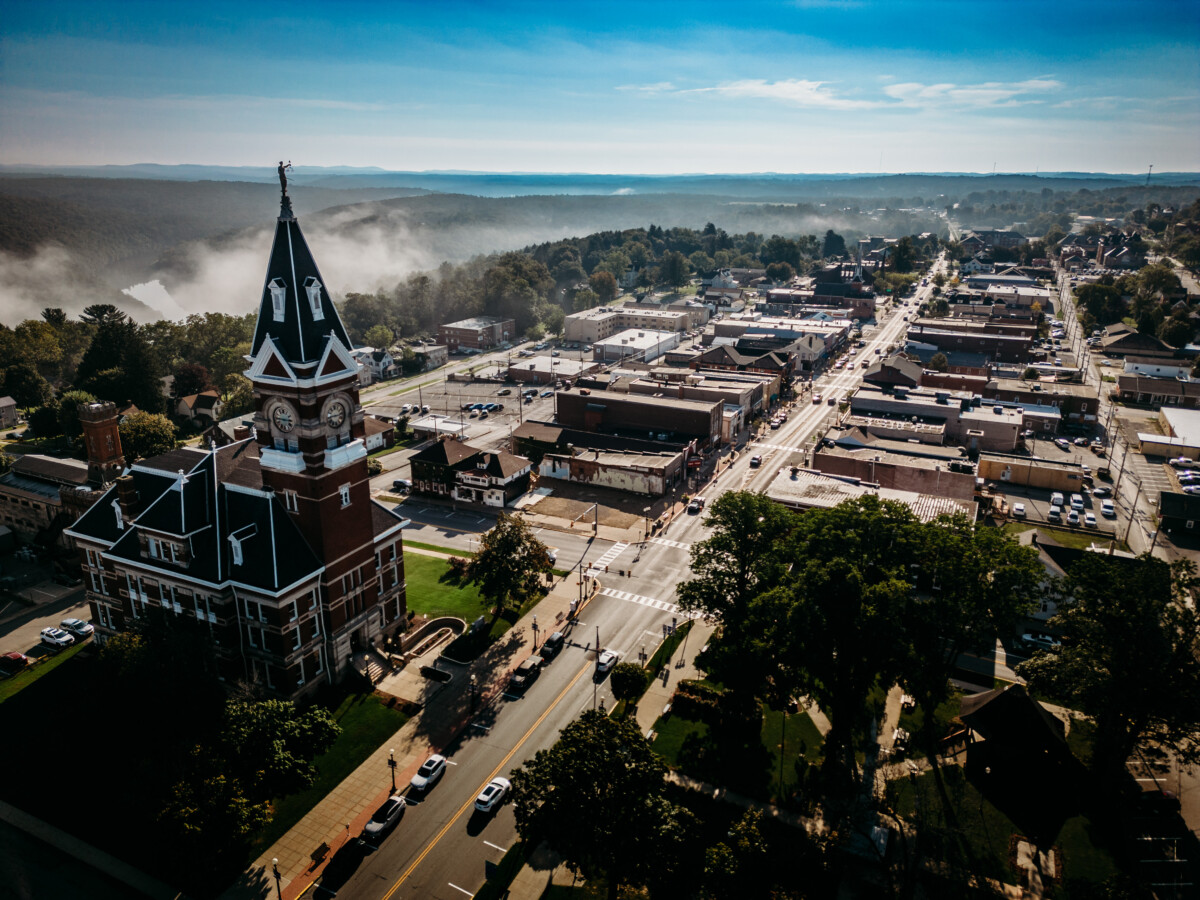Clarion County, PA, is a region steeped in history and boasts several distinguished historical sites listed on the National Register of Historic Places, each representing a unique aspect of Clarion County's cultural and historical significance.
1. Buchanan Furnace
Licking Township, PA at the Clarion River
Buchanan Furnace is listed on The National Register of Historic Places, and was named for James Buchanan, 15th US President. He and a partner purchased the hot blast charcoal Lucinda Furnace along Paint Creek as well as 4,351 acres in Knox Township. He established a camp in Lucinda, Clarion County, as well. Lucinda Furnace is in ruins now, Buchanan Furnace still stands near Callensburg.
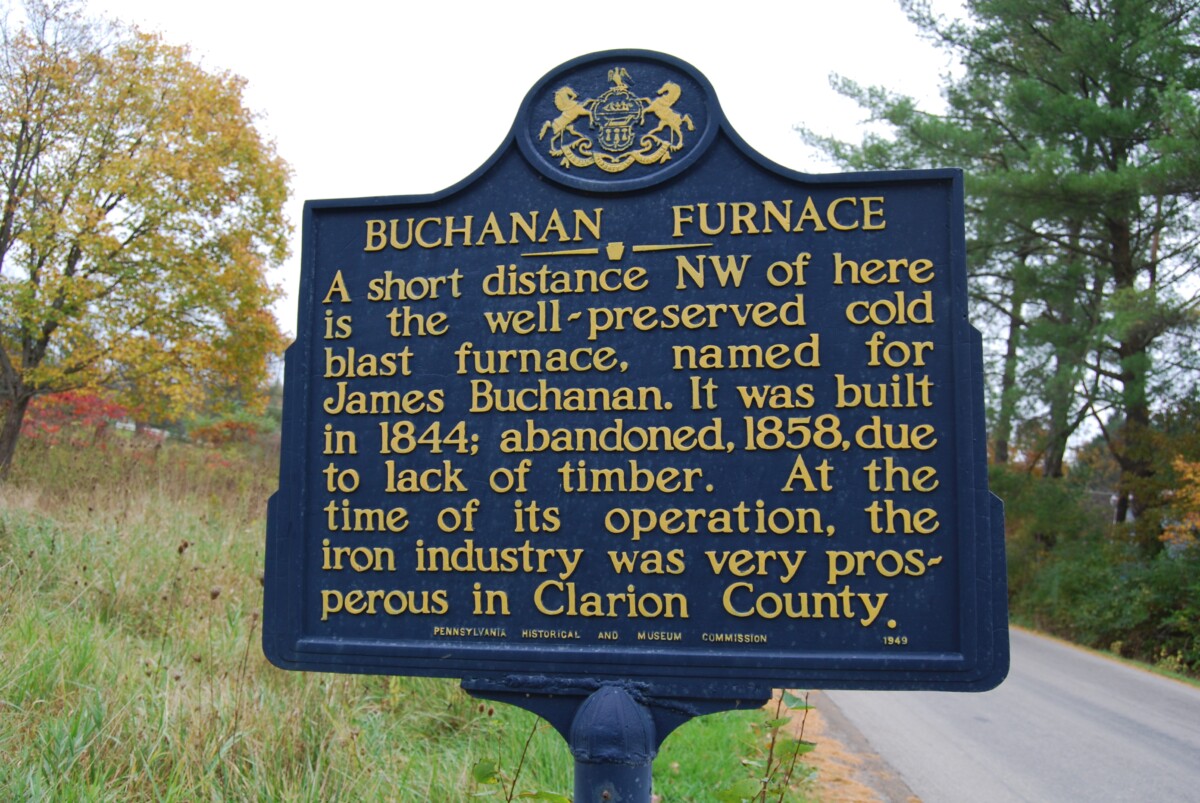
2. Clarion County Courthouse
Clarion Borough Main Street, PA
The Clarion County Courthouse has a rich history spanning over a century of architectural evolution. The first courthouse, completed in 1842 by Derby and Clover, stood as a two-storied brick structure with a Grecian-style portico, sadly lost to fire in 1859. The subsequent courthouse, erected in 1863 by Daniel and Edmond English, met a similar fate in 1882. The current courthouse, built in 1884 under architect E.M. Butz showcases Queen Anne architecture with a towering clock tower and intricate interior details. Surviving fires and legal disputes, it remains a symbol of resilience and civic pride in Clarion County.
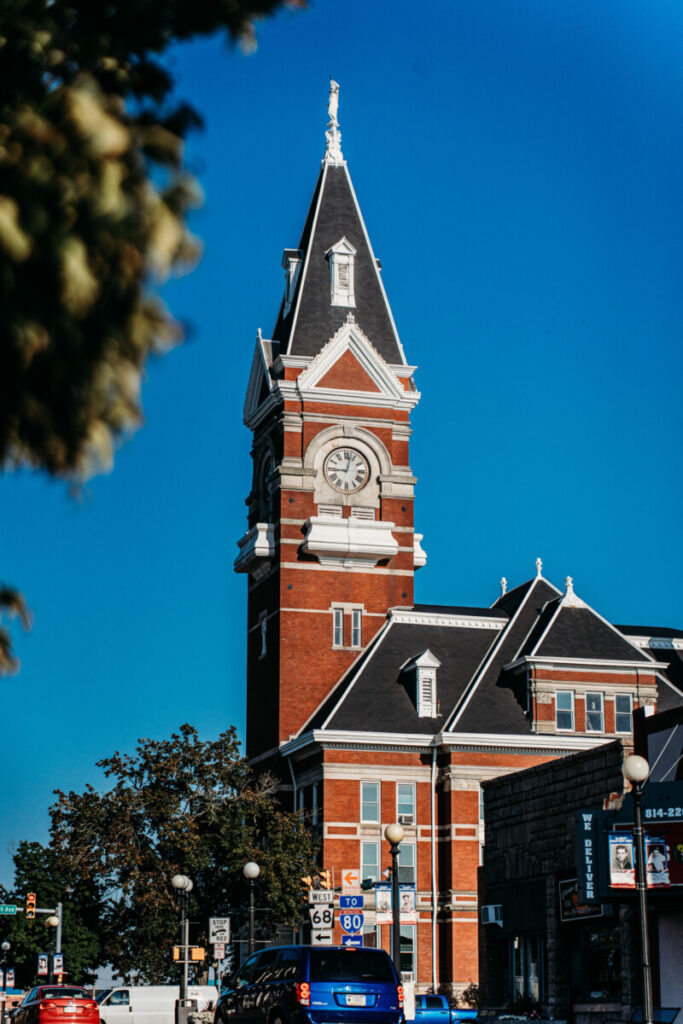
3. Cook Forest State Park
Cooksburg, PA
Cook Forest State Park is the first Pennsylvania State Park acquired to preserve a natural landmark, and a founder of the Pennsylvania Conservation Association. Cook Forest is the most important tract of virgin timberland to be found in Pennsylvania and is without rival for size East of the Rockies. Known as the “Black Forest” in the past, this forest is renowned for its majestic stands of towering white pines and hemlocks. The park spans 8,500 acres and features the iconic 85-foot fire tower at Seneca Point, offering panoramic views of this pristine wilderness.
The Indian Cabin District in Cook Forest is designated as a national historic district, comprising 11 log cabins built along Toms Run behind the park office. Constructed between October 1933 and September 1935 by the Civilian Conservation Corps as part of Camp SP-2, these cabins are notable for their use of American chestnut logs, chosen for their durability amidst the species’ decline from chestnut blight.
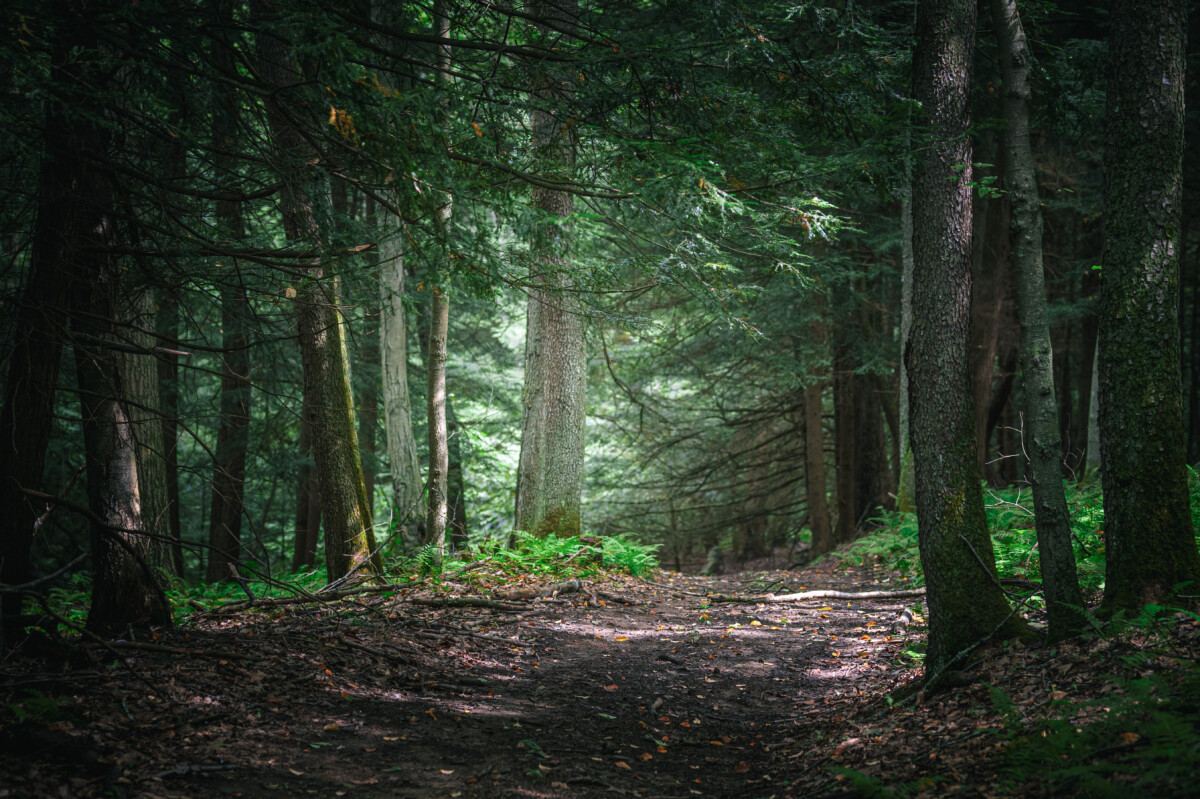
4. Foxburg Country Club & Golf Course, Foxburg, PA
The club was established in 1887 and is still in use today, some 135 years after the first shots were struck from its first tee box. It is listed on The National Register of Historic as the oldest continually used golf club in the United States.
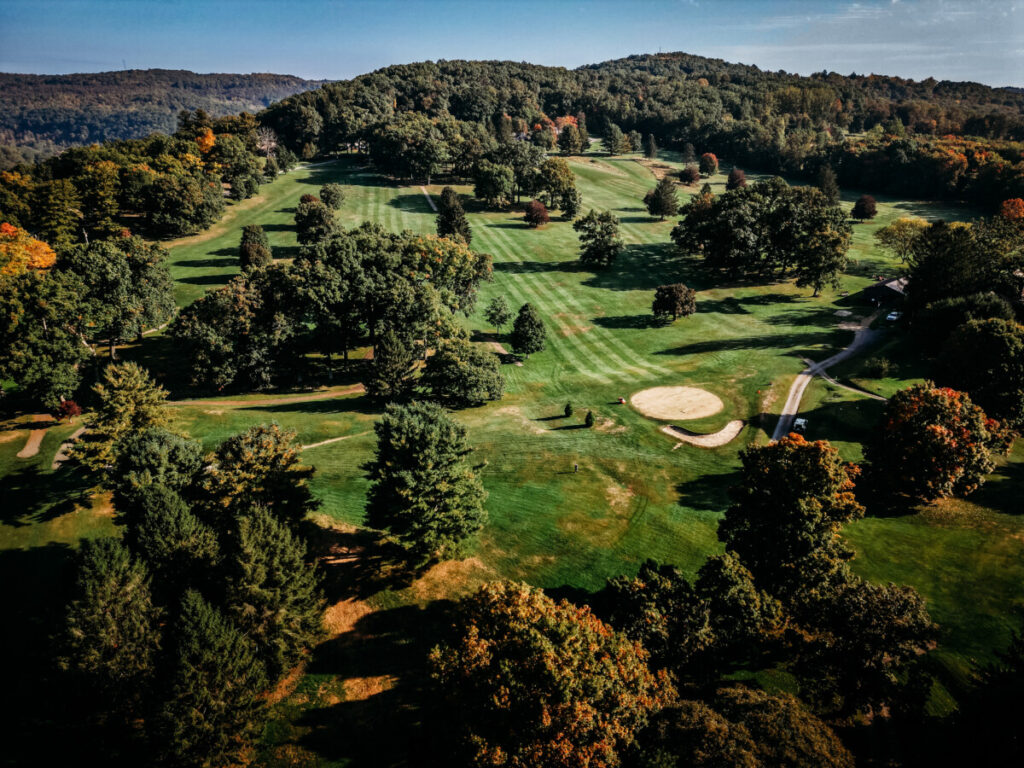
5. Memorial Church of Our Father, Foxburg, PA
Established in 1881, this historic church stands majestically overlooking the picturesque Allegheny River in Clarion County, PA. Commissioned by Mary Rodman Fisher Fox in memory of deceased family members, the church was inspired by her daughter Sarah Lindley Fox’s conversion to Episcopalians before her premature passing. Designed in a distinctive Gothic Revival style, the church boasts side entrances, a bellcote atop the roof ridge, and a polygonal apse. Nearby, a charming stone and shingle Queen Anne parsonage was completed in 1884, adding to the architectural ensemble of the site.
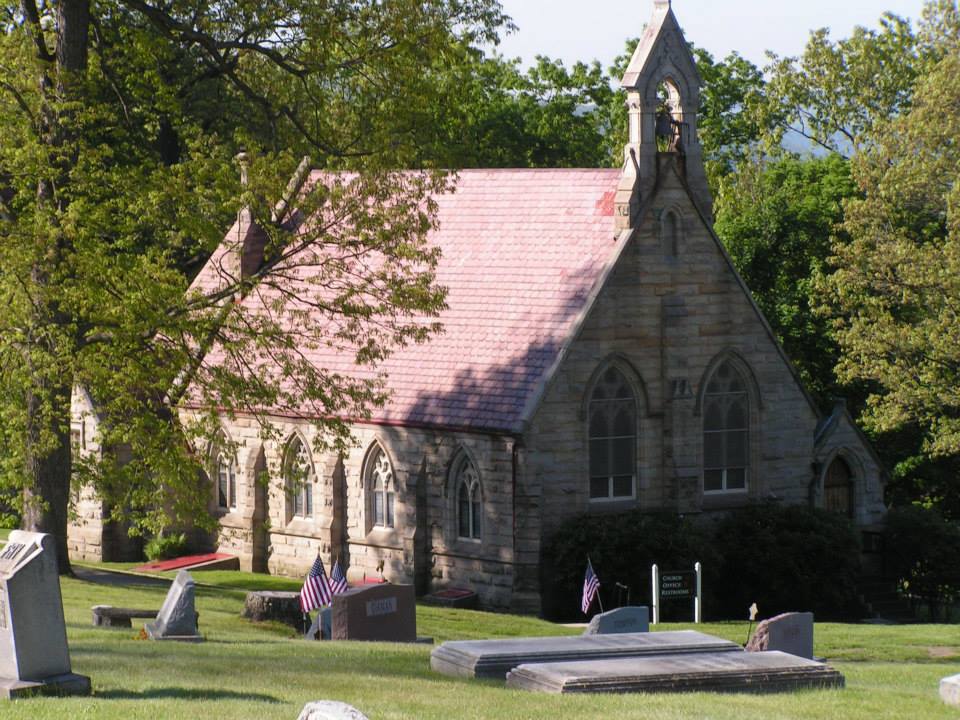
6. Sutton Ditz House
The Sutton-Ditz House, situated in Clarion, PA, is a historic home and museum originally built in 1847 and later remodeled in 1909–1910. It serves as the headquarters of The Clarion County Historical Society, affectionately dubbed “The Haunted Museum” due to local myths and legends of ghostly apparitions from its past. Particularly popular during the Halloween season.
